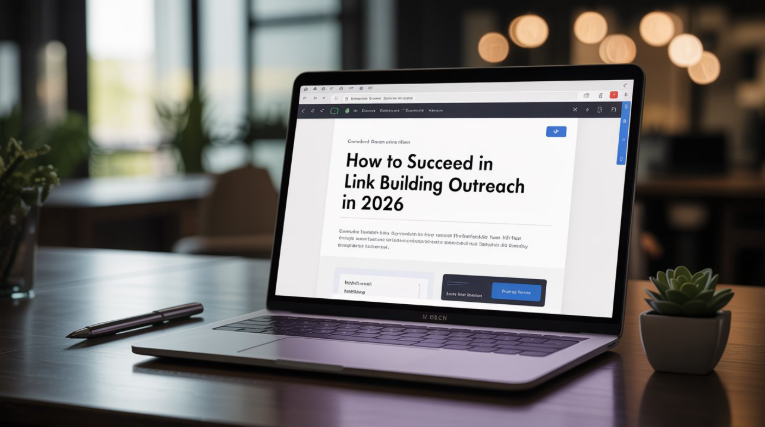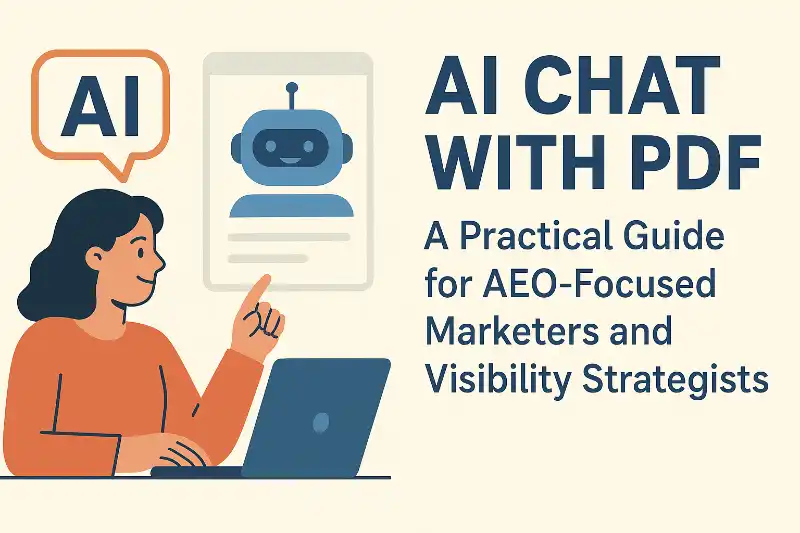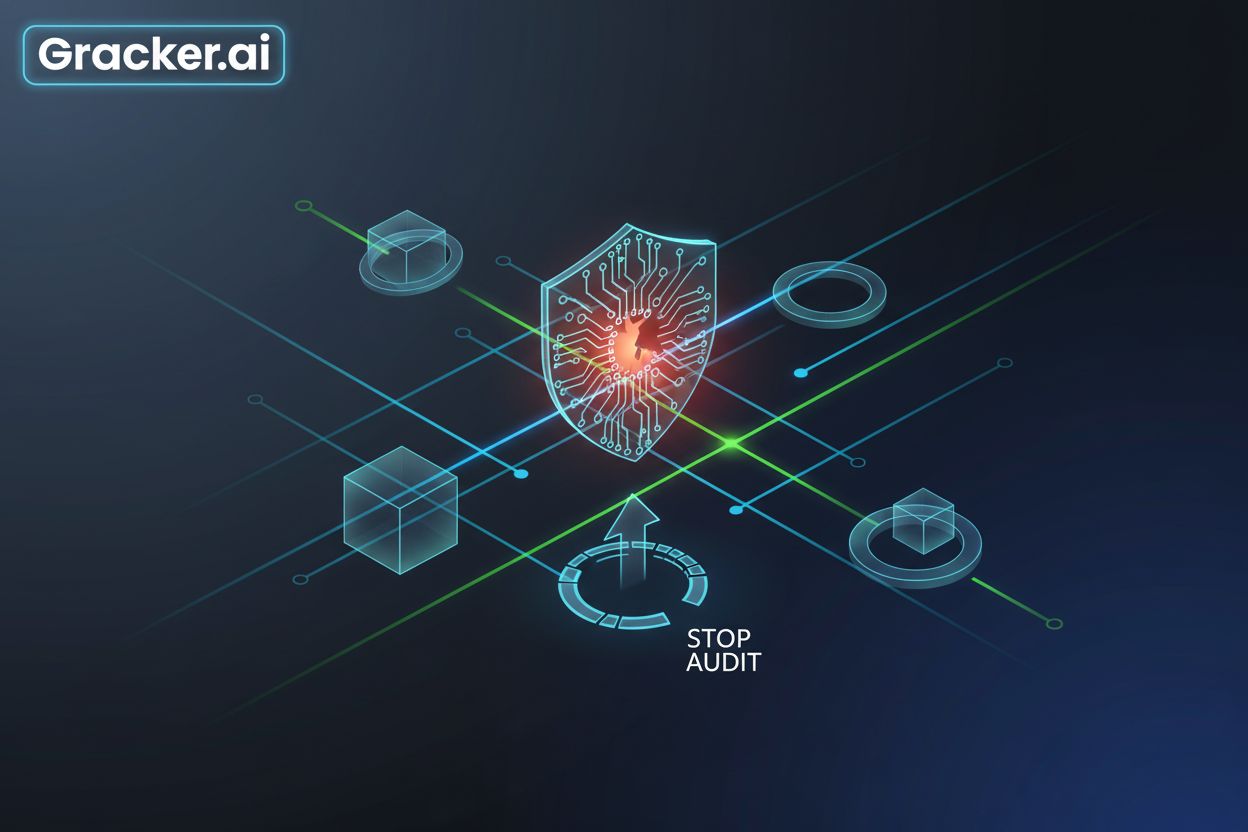How to Succeed in Link Building Outreach in 2026

Backlinks are one of the most important ranking factors for search engines. And the most commonly used medium for link building outreach is email. Marketers send emails for outreach, but most of them never get a reply. Webmasters are tired of the same copy-paste requests, and so they simply ignore them.
A report shows that more than 360 billion emails are sent daily, but only a fraction of them are opened and remain successful. This shows the competition is very high. So to succeed in link building, you can no longer rely only on the old methods. Here we will see the most effective link-building outreach strategies in 2026. Let's dive in.
What Is Link Building Outreach?
At its core, link-building outreach is the process of reaching out to other webmasters, editors, or publishers to get them to link to your content. Simple, right?
Well... not quite. Because in 2026, everyone’s inbox is overflowing. Cold emails feel colder than ever. And generic “Hey, I loved your blog!” pitches? Instantly ignored.
So what actually works?
Real relationships. Real value. Real relevance. That’s the foundation of modern outreach. You’re not just asking for a link; you’re making a case for why your content matters to their audience. It's no longer about mass-blasting templates. It’s about being intentional. Strategic. Personalized.
Effective Strategies to Succeed in Link Building Outreach
Backlinks are one of the most important ranking signals for Google. But getting just backlinks from others doesn't work anymore. Let's see the effective ways you can use to get quality backlinks.
Research the Right Websites
Not all backlinks are created equal. Getting backlinks from just any website may dilute your topical relevance, and in some cases, it may harm your rankings.
If your website is about sustainable fashion, backlinks from crypto blogs or recipe sites don’t really make sense. Therefore, you should focus on relevant websites in your niche. Look for sites with strong Domain Authority (DA) and Page Authority (PA) scores. These metrics give you a quick snapshot of a site’s strength.
You can check DA PA scores with Prepostseo. Remember, this score is a relative measure. It depends upon the specific niche and competition. However, a DA score of 50 is usually considered "good" in most niches.
Compose Brief Emails
The webmasters receive bundles of emails daily. If your outreach email reads like a detailed post, it will be immediately ignored. So, always write clearly and briefly.
Start with a strong subject line and make sure that your subject line sparks curiosity and communicates its value. Later, once they open it, they should get instant value. Say who you are, why you’re reaching out, and most importantly, what’s in it for them.
Keep it under 150 words if possible. The goal isn’t to impress with length. The goal is to respect their time and get a reply.
Offer Something Worth Linking To
People don’t link just because you emailed them. They link because your content actually helps their audience.
So before you do your outreach, ask yourself, does this piece offer something new?
In 2026, the standard will be higher than ever. A generic blog post will not get acceptance. You need something with weight. Maybe it’s a fresh case study, a survey with original data, or a tool that solves a very specific problem.
If it’s useful, it earns attention. And if it’s relevant, it earns links. Simply, it's all about freshness and relevance. Websites want to link to content that provides value without requiring a sales pitch. That’s the kind of content worth sharing.
Follow Up Politely
Sometimes, webmasters do not give you a response. They might not notice your email because they are busy or because it is buried under hundreds of other emails. Therefore, you need to follow up.
Send one or two polite reminders a few days apart. But avoid simply writing, “Just following up on this.” Instead, add something new, like a quick stat or a different angle on why the link would be valuable.
Keep your tone respectful. You're asking for their time and attention, so make it easy for them to say yes.
Think Beyond Email
Email is still the most common way to do outreach, but it’s not your only option. In 2026, professionals use multiple platforms to communicate. If your email isn’t getting a response, try something different. A quick message on Twitter or LinkedIn can work better in some cases. You can even record a short video introducing yourself and explaining why your content might be helpful.
These methods feel more personal and show that you’ve put in extra effort. It also helps you stand out from the crowd.
Pay attention to where the person is most active. Reaching out there increases your chances of getting noticed.
Final Words
The outreach for link building has become tough due to emerging competition for rankings. Therefore, you have to optimize the old methods of sending emails and use the new way, including outreach through social media.
But keep in mind, people sometimes use social media just for fun or to connect with friends and family, so don't send too many messages there.
Create high-quality, helpful content that is worth linking to so that the webmaster feels value in it for their audience. And to convince them of your pitch, use highly personalized emails and messages to communicate properly and get a link.





